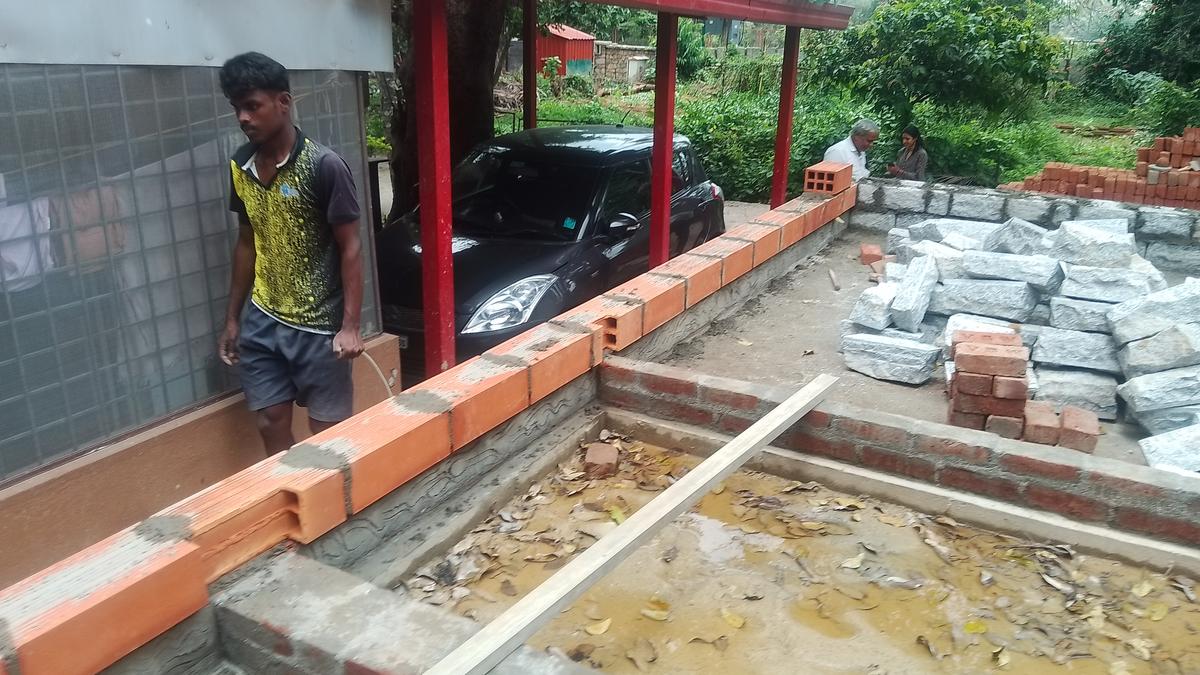
One house, four wall materials
The Hindu
Explore the importance of wall materials in architecture for functional, aesthetic, and sustainable living spaces worldwide.
What is a wall? Well, that’s too simple a question; anybody would answer it as the vertical support needed to keep the roof above.
Of course, it need not always be vertical, being the external surface of a shelter like in a bird nest. The earth-borrowing animals dig into the mud and stay safe inside the walls of their hole. Certain varieties of red ants skilfully stitch the leaves of their tree to live inside. Shelter-making is an animal instinct, each doing it in its way, with innumerable methods.
We homo sapiens have also built our shelters across the millennia, with thousands of types of houses spread all over the human world. Appropriate, affordable, ecological and sustainable, our species survived due to these designs. The essence of this approach was being contextual, with the logic behind every design decision, be it for the overall plan, plinth height, wall material, window type or interior colours.
Sadly, today, we are designing houses that can be built anywhere, anytime, anyhow and anyway. Look at our typical city houses in Bengaluru, Hyderabad or Chennai. Concrete footings, RCC columns, cement solid block walls, concrete beams and roofs, cement mortar plastering, PVC windows, chemical paints, vitrified tile floorings, and the list goes on, predictable and a lifeless box.
How to differentiate between houses? Only some design elements are stuck to the outside wall by ‘elevation making’ and maybe colours! A common question we could be asked is why there should be different wall types. Let’s pose more questions to answer the above.
Should an external wall surface facing rain and wind be the same as an internal bedroom wall that faces none? Can the rear utility wall be finished cheaply and left exposed without plastering? Can the front wall have a stone that needs zero maintenance?
Can we achieve an attractive external view by a combination of natural materials and not by paint colour? The answers are everybody’s guess; there is no need to write here.

On December 7, 1909, Belgian-American chemist Leo Baekeland’s process patent for making Bakelite was granted, two years after he had figured it out. Bakelite is the first fully synthetic plastic and its invention marked the beginning of the Age of Plastics. A.S.Ganesh tells you more about Baekeland and his Bakelite…












